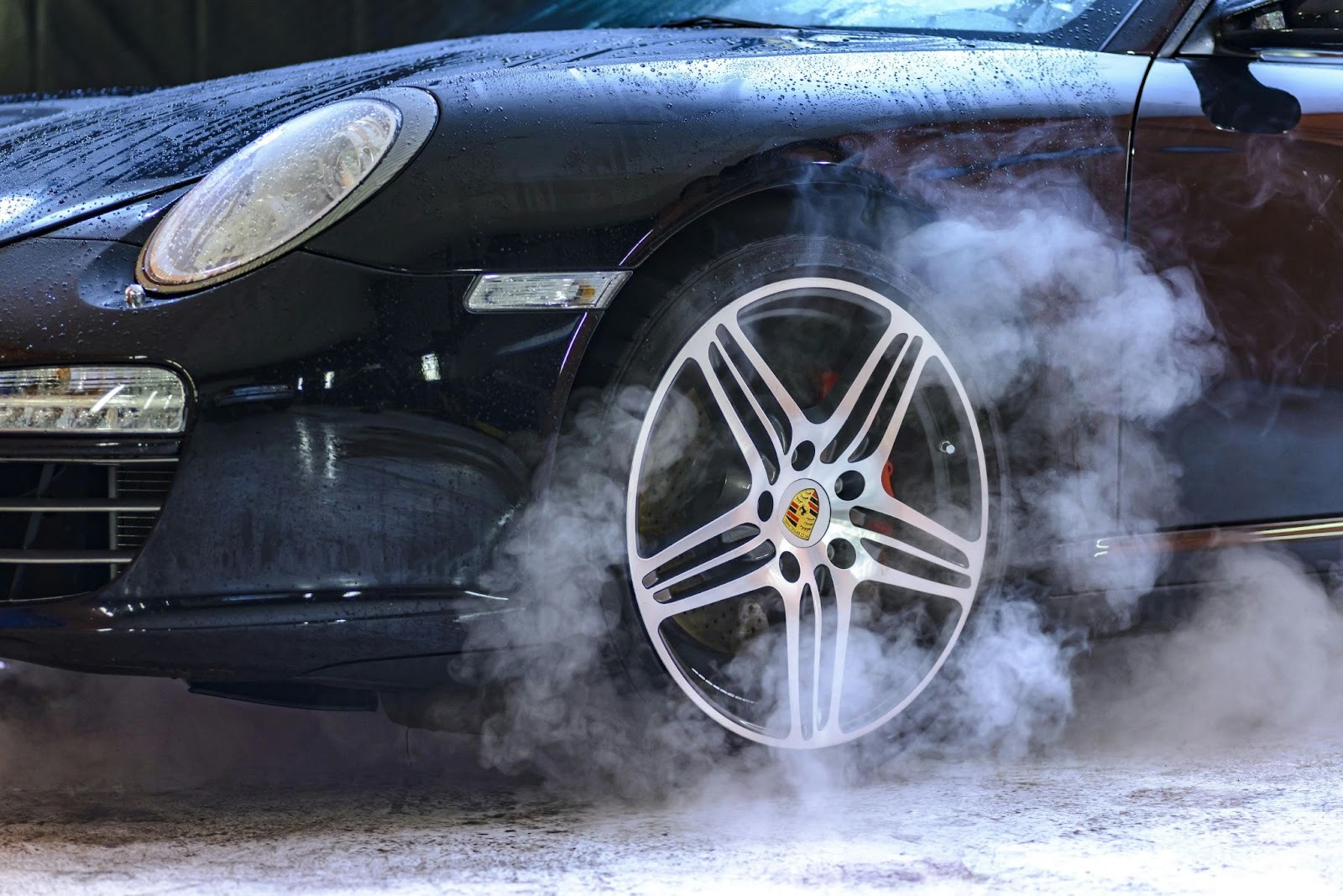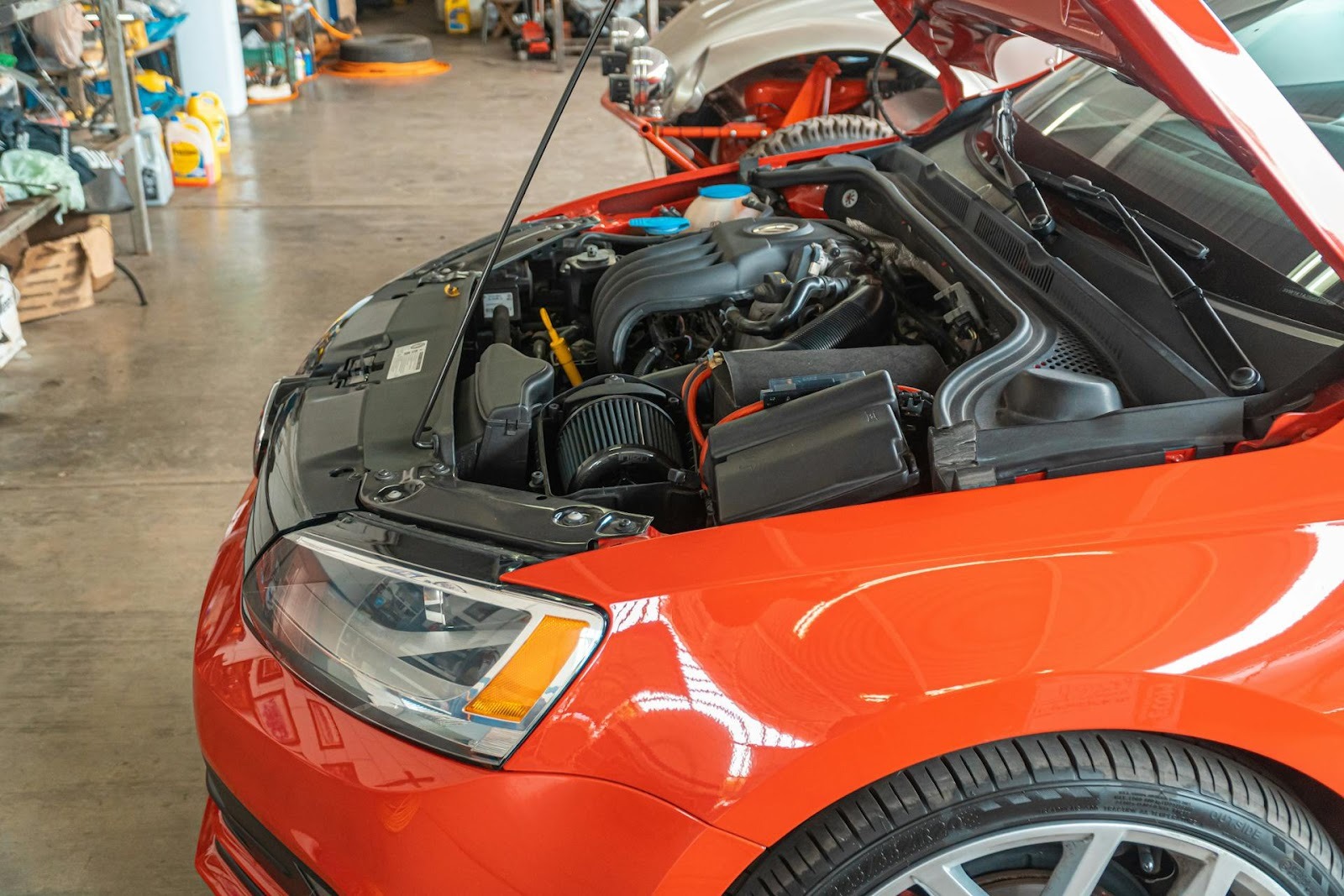Practical Tips for Maintaining a Rental Car

Whether renting a car for a few days, months, or through operational leasing, knowing how to properly maintain the rental vehicle and what to take care of is essential. Although rental car agencies regularly service vehicles, your attention and care during driving significantly ensure that the journey goes smoothly.
It is also worth mentioning that proper vehicle maintenance is required by law and contract, and failure to comply can lead to fines or additional costs. Below, we share tips for maintaining a rental car, so keep reading to see which of these tips you already know and practice.
Why You Want To Drive Smart
Every experienced driver knows to avoid sudden braking and acceleration, especially if you have just rented the car and are unfamiliar with it. When driving fast, the first things to wear out on a car are the tires, brakes, and other consumable parts.
Therefore, avoid sudden braking and acceleration, as well as risky overtaking. Also, if you have a column of vehicles in front of you, gradually and timely reduce speed to reduce stress on the car. If you are approaching an intersection or traffic light, start slowing down earlier than necessary.
Pay attention to traffic signs and road conditions so that you can react in time.

Proper Planning
Nobody likes unpleasant surprises on the road, do we? Think about the route and weather conditions before setting off. Driving at a constant speed on the highway is less stressful for the driver and the engine than frequent stopping and starting in city traffic.
Use navigation or maps on your phone to avoid traffic jams.
Remember that you may only sometimes have internet access during your trip. Some places in Serbia need better coverage, depending on the network. Suppose you don't have a better solution. In that case, you can install offline maps on your phone the day before, which are equally accurate and do not require an internet connection.
But, as we said, it is essential to prepare in time. Depending on where you are traveling, plan your departure outside peak hours, as there is less traffic and congestion then.
Choose less busy roads.
Even if you must take a detour, you may spend less time driving because you will avoid stops and congestion.

Checking Tires and Tire Pressure
A flat tire can be a headache, but it is not that hard to avoid.
Always check the tire pressure before any long trip. Proper tires ensure better road grip, shorter stopping distances, and lower fuel consumption.
You can quickly check the pressure at any gas station.
- Park the car on a flat surface.
- Remove the valve cap on the tire and press the gauge on the valve until you hear the air hissing.
- Check the pressure and compare it with the recommended pressure, which you can find on the label inside the driver's door or the vehicle manual. It varies depending on the car but is usually between 2.0 and 2.5 bar (30 to 36 psi).
- If the pressure is lower than recommended, inflate the tires using a compressor.
Before setting off, inspect the tires for any damage or wear.
Check for cuts, bulges, or foreign objects like nails. Also, check the tire tread depth – if they are too worn, it might be time for a replacement. If you notice any damage, inform the rental car agency as soon as possible to avoid potential problems on the road.

Keeping the Car Clean
Proper car maintenance involves regular washing. Washing removes all the dirt that can damage the car's paint and body. Also, remember that you need to return the car as clean as you received it. Car washes are everywhere, usually near gas stations, but you can also wash the car at home.
Remember to use a mild car wash detergent and a sponge or cloth if washing at home. Rinse the car with water, apply detergent, gently wipe, and then rinse again. Remember to clean the wheels as well.
In addition to maintaining the exterior, you should also preserve the interior of the vehicle. Regularly clean the dashboard and interior surfaces with wet wipes that are safe for the vehicle interior. Use a vacuum cleaner to remove dust and crumbs from the seats, carpet, and mats.
Regularly empty the ashtray and remove trash from the vehicle.
Checking Fluids in the Vehicle
As a first step, always check the fuel level before starting your journey.
Observe the fuel gauge on the dashboard. If it's running low, it's time to make a stop at the nearest gas station. This is a general guideline, but it's of utmost importance for long trips or when driving in remote areas with scarce gas stations.
Equally important is the task of checking and replenishing the windshield washer fluid. This is a step that many people tend to neglect. To top up the windshield washer fluid, open the hood and locate the reservoir (usually with a blue or white cap). Open the cap and fill the fluid until it reaches the top mark.
It's crucial to use fluid that won't freeze in winter.

Checking the Lights
Regularly check the condition of all lights, including headlights, tail lights, turn signals, and fog lights. Proper lights are critical, especially if driving at night or in bad weather conditions.
How do I check the lights?
Turn on all the lights and check if they are working. You can ask someone to stand in front of or behind the car while you turn on the lights to check their condition. If you notice that a bulb is not working, inform the rental car agency. Most agencies will replace a faulty bulb and solve similar problems immediately.

Checking Documentation and Equipment
Ensure all necessary documents are always in the vehicle – registration, insurance, and driver's license.
Before setting off, check the glove compartment or where the documents are stored in the car. Ensure you have a valid driver's license, registration certificate, and insurance policy. If something is missing, inform the rental car agency.
In addition to these basic things, check whether the vehicle has a first aid kit, a spare tire, a jack, and a warning triangle. Additional equipment, such as jump cables and snow chains, should also be considered in winter.
Legal Obligations and Responsibilities of the Driver
Proper maintenance of a rented vehicle is a matter of good practice and a legal obligation.
Drivers are responsible for the vehicle's safety and compliance with traffic regulations. Also, according to the rental agreement, you must take care of the vehicle as if it were your own. Improper maintenance can result in fines and additional costs. If you do not maintain the vehicle properly, you may face various penalties:
- Fines for technical defects: The police can fine the driver for driving a technically defective vehicle. For example, driving with faulty lights or tires can result in fines.
- Additional costs: The rental car agency can charge additional costs for repairs resulting from improper use or neglect of vehicle maintenance. For example, the agency can claim compensation if the tires are damaged due to incorrect pressure or the engine is damaged due to low oil levels. The rental agreement usually contains provisions regarding the responsibility for vehicle maintenance. Before renting a vehicle, carefully read the agreement to understand your obligations and rights.

Conclusion
Maintaining a rental car is not just the responsibility of the rental car agency. As a driver, you play a vital role in this. Regularly check the tires, fluids, lights, and documentation, and keep the car clean. This will ensure your vehicle remains in top condition, providing a safe and pleasant drive.
Whether you use our rent-a-car service, long-term vehicle rental, or operational leasing, taking care of the vehicle as if it were your own is necessary. This way, you will avoid fines and additional costs and enjoy every journey.
Contact us for more information or to rent a vehicle today.






